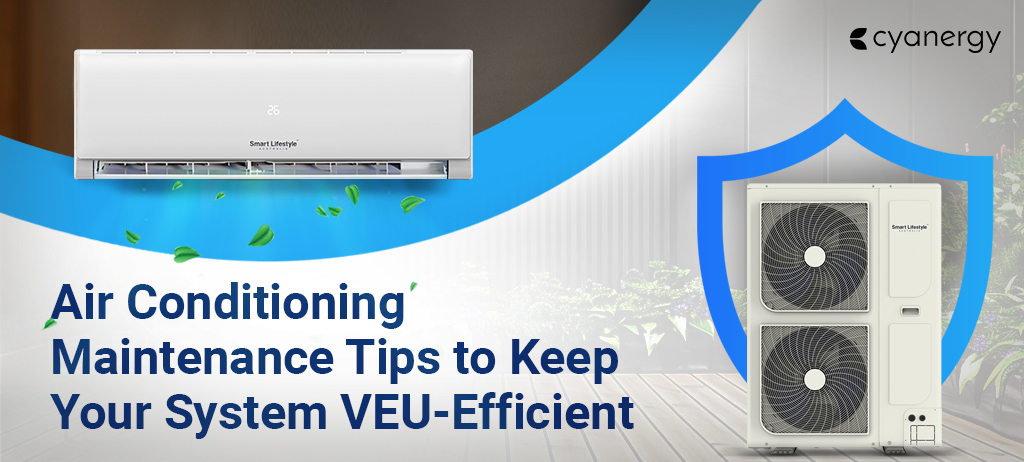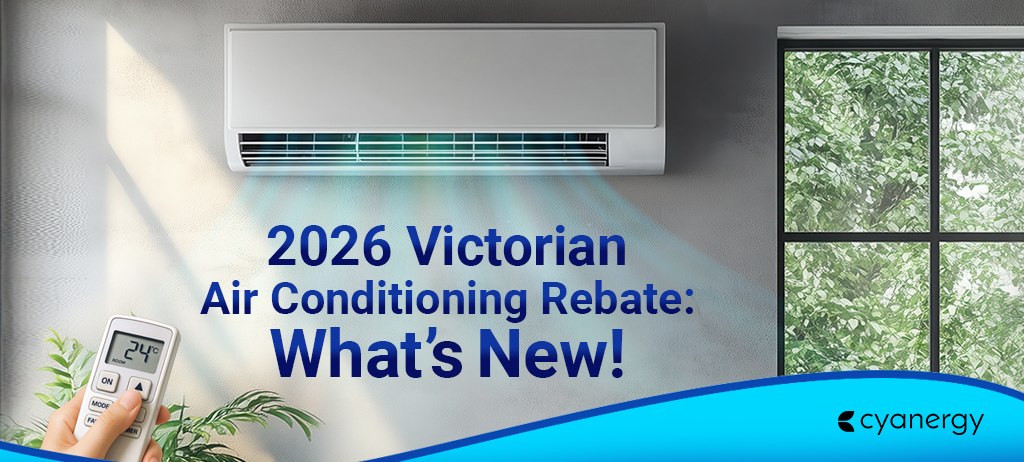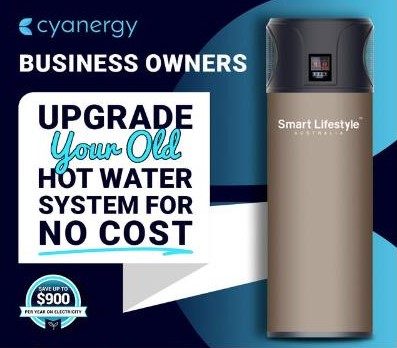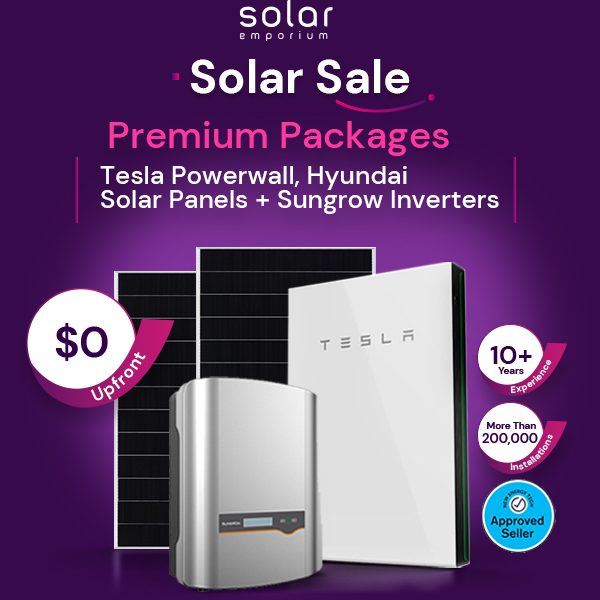Hot summers, high electricity bills, and zero motivation to upgrade? The VEU rebate might be the breath of fresh and cool air you’ve been waiting for!
Victoria’s Energy Upgrades (VEU) program rewards homeowners for switching to energy-efficient air conditioning systems. That means just by upgrading your old air con you could actually save your money before it even starts cooling your home.
But hold on! Not all units are eligible under this rebate.
So, are you ready to find out which air cons qualify for the VEU rebate, keeping your home chill while helping you cash in on rebates?
Let’s dive in!
In this blog post:
- Understanding the VEU Rebate: What It Is and How It Works?
- Top Benefits of Switching to an Energy-Efficient Electric Air Conditioner
- Types of Air Conditioning Systems: Split, Multi-Split & Ducted!
- Is Your Unit VEU-Approved? Find Out in 5 Easy Steps!
- Air Conditioner Eligible for the VEU Rebate: Find Out!
- How to Choose the Right Air Conditioning System: Expert Tips!
Understanding the VEU Rebate: What It Is and How It Works?
The Victorian Energy Upgrades (VEU) rebate is a government initiative designed to help households and businesses reduce energy costs and, most importantly, lower greenhouse gas emissions.
Through the program, eligible Victorians can receive rebates or discounts when they install approved energy-efficient products such as air conditioners, LED lighting, or hot water systems.
The rebate is applied directly through accredited providers, making it simple and hassle-free for consumers. By choosing a VEU-approved system, you not only save on upfront installation costs but also enjoy long-term energy savings.
In short, the VEU rebate rewards you for upgrading to more innovative, greener technology that benefits both your wallet and the environment.
So, it’s a win-win for all!
Top Benefits of Switching to an Energy-Efficient Electric Air Conditioner

Upgrading your heating and cooling system can be a game-changer for Victorians. It provides several advantages, such as:
- Improve Air Quality Inside Your Home
- Increased Property Value
- Reliable Performance
- Smart Control Options
- Reduced Maintenance Costs
- Future-Proof Investment
Modern air conditioners come with advanced filters that remove dust, allergens, and pollutants, keeping your indoor air cleaner and healthier.
Installing an energy-efficient system in your home can boost your home’s aesthetics and comfort. It makes homes more attractive to eco-conscious buyers.
New, high-efficiency units are built with the latest technology, offering quieter operation, faster cooling, and longer-lasting performance. This offers energy security and fosters economic growth.
Many energy-efficient air conditioners are compatible with Wi-Fi or smart thermostats. This gives you easy temperature control from your smartphone.
With improved design and efficiency, these systems experience less wear and tear, leading to fewer breakdowns and lower service costs.
Switching to an energy-efficient model today ensures compliance with future energy standards and sustainability goals.
Types of Air Conditioning Systems: Split, Multi-Split & Ducted!
When it comes to cooling and heating homes in Victoria, there are three main system types you’ll find in the Australian energy market. Each type has its own relevance under the VEU scheme.
Before moving to the details, here we’ve shared an overview for better understanding:
Split (Single-Split) Systems
A standard split system air conditioner, often referred to as a single-head unit, features one outdoor unit connected to one indoor unit.
This type of air conditioner is ideal for heating or cooling a single room or a zone. Under the VEU rebate, many split systems are eligible. Also, Split systems are typically the cheapest upgrade option, and a good entry point into the rebate scheme if you have budget issues.
Multi-Split Systems
These aircons are basically an outdoor unit connected to multiple indoor units or heads, which allows zoned climate control across several rooms. It provides greater flexibility and improves energy efficiency while reducing energy costs.
The VEU program clearly lists “multi-split reverse cycle air-conditioners” as eligible products. These systems qualify under the “high efficiency air-conditioner” (Activity 6) category of VEU.
Multi-split air conditioners are an excellent option for larger homes or for those who want separate control in bedrooms, living areas, etc.
Ducted Reverse-Cycle Systems
Ducted systems distribute conditioned air via ductwork to multiple rooms, effectively covering the entire house. A reverse-cycle ducted system, capable of both heating and cooling, is eligible under VEU when it meets the specified criteria.
For example, data from the VEU fact sheet shows that ducted reverse-cycle upgrades attract higher rebates.
Although these tend to be higher-cost, more complex installations, they also offer greater rewards in terms of comfort and rebates when done correctly.
In Victoria, whether it’s a single split, multi-split, or full-ducted system, all three system types can qualify if they meet the efficiency, warranty, product registration, and installer criteria.
So, keep reading—we’ll cover them all in the next section.
Is Your Unit VEU-Approved? Find Out in 5 Easy Steps!
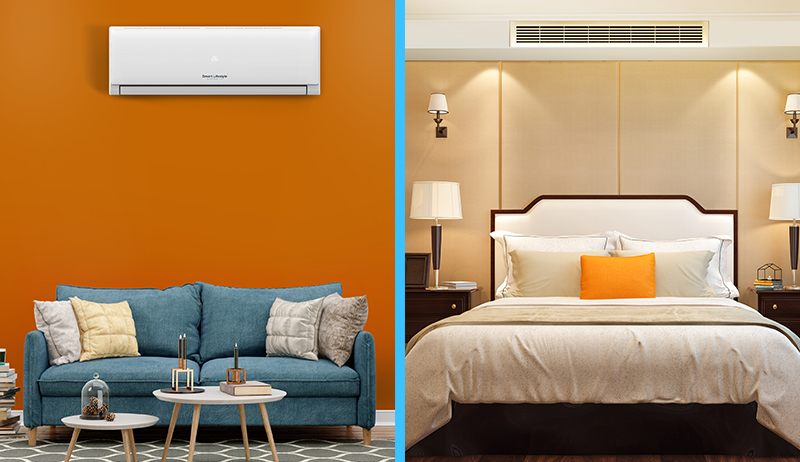
You’ve found a new air-con unit that might look great, but you still need to check it qualifies under the VEU scheme to save cost. Here’s how:
Step 1: Check the VEU Register of Products
Go to the website of the Essential Services Commission (Vic) (ESC) and look up the “Register of Products” for Activity 6 Space heating & cooling high efficiency air-conditioner.
You’ll need to check:
- The specific brand and model are listed in the VEU-approved air conditioners list.
- The product category matches the unit you’re installing, such as ducted vs. non-ducted, size, and model number.
- The listing status is still current, as some models may be replaced or deregistered.
Step 2: Match Efficiency & Other Specs
Once you’ve found your desired model, check that it meets the relevant efficiency thresholds required for its size and type. Use the specification tables provided in the Activity Guide.
Step 3: Ensure Installer and Provider Accreditation
Even if the unit is approved, the rebate requires that the installation be carried out by or via a VEU-accredited provider. Avoid common mistakes, such as installing a unit yourself or using a non-accredited installer. This might risk losing the VEU rebate.
Step 4: Confirm Eligibility of Your Premises
- Your property must typically be more than 2 years old and in Victoria.
- Your current system may need to be decommissioned if required.
- Rental properties can also qualify, but they’ll need landlord consent.
Step 5: Ask for Documentation
Good providers will give you documentation showing “VEU product listed”, “VEU accredited provider”, installation compliance, etc.
Keep these documents, as they will be helpful in the future if any rebate audit is required.
Air Conditioner Eligible for the VEU Rebate: Find Out!
Wondering which air conditioner falls under the VEU rebate program?
Here are some air conditioning units eligible for rebates. However, always verify current eligibility on the register before purchasing, as it changes regularly.
VEU Rebates on Ducted Reverse Cycle Air Conditioner
| Current system | Upgrade system size | Rebate Amount |
|---|---|---|
| Central electric resistance ducted heater | 10kW to 22.4kW | Up to $5,460 |
| Ducted gas heater | 10kW / 16kW / 22.4kW | Up to $2,520/ $4,200/ $5,530, respectively |
| Ducted reverse cycle air conditioner | 10kW / 16kW / 22.4kW | Up to $490/ $770/ $910, respectively |
| No decommissioned product | 10kW & 22.4kW | Up to $410 |
VEU Rebates on Reverse Cycle Air Conditioner
| Installed System Details | Upgrade System Size | Rebate Amount |
|---|---|---|
| Hard-wired electric resistance room heater | 3kW to 9kW | Up to $840 |
| Ducted (whole house) gas heater | 4 split systems (1 x 8kW & 3 x 3kW) | Up to $2,520 |
| Ducted gas heater | Multi-split system ( 1 x 10kW outdoor unit) | Up to $2,940 |
| Non-ducted (room) gas heater | 3kW to 9kW | $630 to $1,610 |
| Non-ducted reverse cycle air conditioner | 3kW to 9kW | $210 |
| No decommissioned product | 3kW to 9kW | $70 to $140 |
Some VEU-Approved Air Conditioner Brands
Several air-conditioning brands, such as Daikin, Mitsubishi Electric, Panasonic, Fujitsu, Midea, and SmartLifestyle, offer models that qualify for the VEU rebate program.
However, over 550 split-system units from major brands are listed under Activity 6(23) of the VEU program. Still, eligibility entirely depends on the specific model and its registration number, not just the brand.
These are a few actual models popular in the Victorian energy market:
- Mitsubishi Heavy Industries SCM100ZS-W (10 kW multi-split).
- Panasonic CU-5Z100VBR (10 kW multi-split).
- Daikin 5MXM100R2VMA (multi-split). High efficiency with EER 3.91, COP 4.72 in one list of top models.
- For ducted: “Panasonic U-100PZH3R5” is listed with an EER of 3.79 on the efficient ducted list.
These examples show you the types and models of the best air conditioner brands under the VEU Program. What you need to do is always check your specific model’s listing and specs in the Public Registry.
How to Choose the Right Air Conditioning System: Expert Tips!
Choosing the right air-con unit under the VEU rebate scheme isn’t that difficult if you want a good fit for your home, climate, budget, and usage.

Here are some practical tips:
Consider Your Home & Heating, Cooling Needs
- How many rooms or areas do you need to cool or heat?
If just one room, maybe a single split is sufficient; multiple rooms or zones might favor multi-split or ducted.
- If you need full-house heating and cooling, go for a reverse cycle, which the rebate requires anyway.
- Ducted vs. zone: Ducted systems provide whole-home coverage but are costly; multi-split systems can achieve zone control at a more affordable cost.
Check the Efficiency Specs & Brand
- Push for higher efficiency: units with EER above 4.0 and COP above 4.0 will perform much better.
- Choose reputable brands with good warranty/support, especially since the rebate requires a minimum 5-year warranty for many systems.
- Consider refrigerant type and the manufacturer’s service network, so you aren’t stuck when something needs servicing.
Make Sure It Qualifies & Installation is Compliant
- Confirm that the exact model number is on the VEU register, not just the brand.
- Ensure the installer is VEU-accredited and will handle the paperwork. A compliant installation is just as critical as the product.
- Ask the installer what “decommissioning” is required if you have to remove an old gas heater or an electric resistance heater; this may affect the cost and rebate value.
- Get a quote that clearly shows how the rebate is applied (often as a discount on the installation cost) and what you pay out of pocket.
Think Long-Term Running Costs, Not Just Upfront Price
- A cheaper unit that just qualifies may still cost you more in electricity than a slightly more expensive high-efficiency one.
- Consider smart controls, zoning, and inverter technology; these features boost comfort and savings.
- Keep in mind the maintenance costs and reliability if you want this unit to last and perform.
Be Aware of Rebate Limits & Timing
- The rebate amounts vary, so check properly.
- There is a minimum customer contribution. For example, non-ducted systems with a capacity of less than 10 kW must have a contribution of at least $200, whereas multi-split/ducted systems require a contribution of $1,000.
- The product must be listed at the time of VEEC creation, installer deadlines must be met, and you need to keep the required paperwork.
Want to upgrade your system? Before it’s too late, contact Cyanergy today and get a free solar quote! Here, our team of experts will help you get the rebate and install the system hassle-free.


